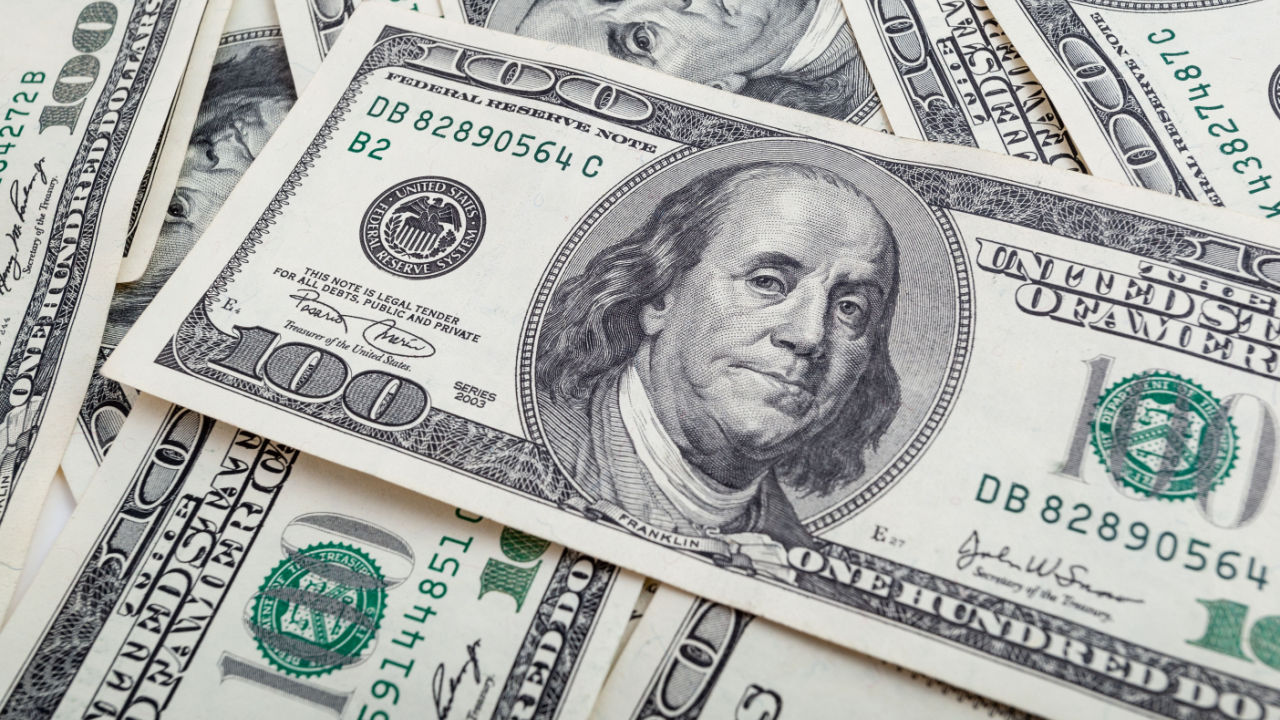
Some retailers in Argentina are already pricing imported items in U.S. dollars, according to reports from local news outlets. The idea behind this would be to keep prices stable and avoid repricing articles each day, a practice that has already been adopted in other Latam countries like Venezuela, which present high levels of inflation.
U.S Dollars Now Used to Price Merchandise in Argentina
The U.S. dollar is starting to make inroads in Argentina as a unit of account. According to reports from local outlets, some Argentine stores and retailers are pricing their goods in dollars, seeking to avoid constant repricing due to the devaluation of the national fiat currency, the Argentine peso.
Ae faimai foi lipoti from La Nacion, these prices are mostly associated with clothing, including sneakers, and branded t-shirts and caps, that are mostly imported from other countries. However, to purchase these articles, customers can also pay with Argentine pesos, using the informal exchange rate, called “lanu moaga,” as a reference to calculate the final price in local currency.
Alfredo González, President of the Argentine Confederation of SMEs, explains providers are also setting their prices in dollars when dealing with imported articles. On this, he stated:
It is very difficult to survive with these levels of inflation. We have a hard time getting merchandise, the price lists are updated at least every two weeks. It is difficult to obtain the reference values for some particular products. We are very concerned, and busy, with the issue.
Other Incidences and New Measures
Other countries have also adopted this kind of practice in Latam, due to the same economic disadvantages that Argentina is facing now. While Venezuela is not an officially dollarized country, given that it has its own fiat currency, the Venezuelan bolivar, most merchants use the dollar as a unit of account for setting prices.
However, in Venezuela, retailers are already pricing even the most basic of products in dollars. In contrast, this trend is only starting to appear in selected outlets in Argentina. The Venezuelan government has toe faauigaina its currency several times, slashing zeroes in order to maintain its efficient use for making payments in the face of a crippling devaluation.
Argentina is looking for ways to control its inflation levels, which reached almost 100% in 2022, and devaluation of its fiat currency, which has prompted the central bank to mataupu new bills with higher values. Alberto Fernandez, the Argentine president, recently logoina about a joint initiative of several Latam countries in order to fight inflation that would be defined in a summit on March 17.
What do you think about the appearance of dollar-priced items in Argentina? Tell us in the comment section below.
Faʻafanua Ata: Shutterstock, Pixabay, Wiki Commons
Tuuese: O lenei tusitusiga e mo naʻo faʻamatalaga. E le o se tuʻusaʻo faʻapitoa poʻo se talosaga o se ofo e faʻatau pe faʻatau atu, poʻo se fautuaga poʻo se lagolago i soʻo se oloa, auaunaga poʻo ni kamupani. Bitcoin.com e le faʻapea ona saunia ni tupe faʻaalu, lafoga, tulafono poʻo ni faʻamatalaga naʻo E le o le kamupani poʻo le tusitala e nafa, tuusaʻo pe leai foi, mo soʻo se mea na tupu pe leiloa mafua mai pe ua tuuaia na mafua mai pe e fesoʻotaʻi ma le faʻaaogaina poʻo le faʻalagolago i luga o soʻo se mea, oloa poʻo auaunaga ua taua i lenei tusitusiga.
Source: https://news.bitcoin.com/like-venezuela-some-retailers-in-argentina-are-now-pricing-items-in-dollars/
